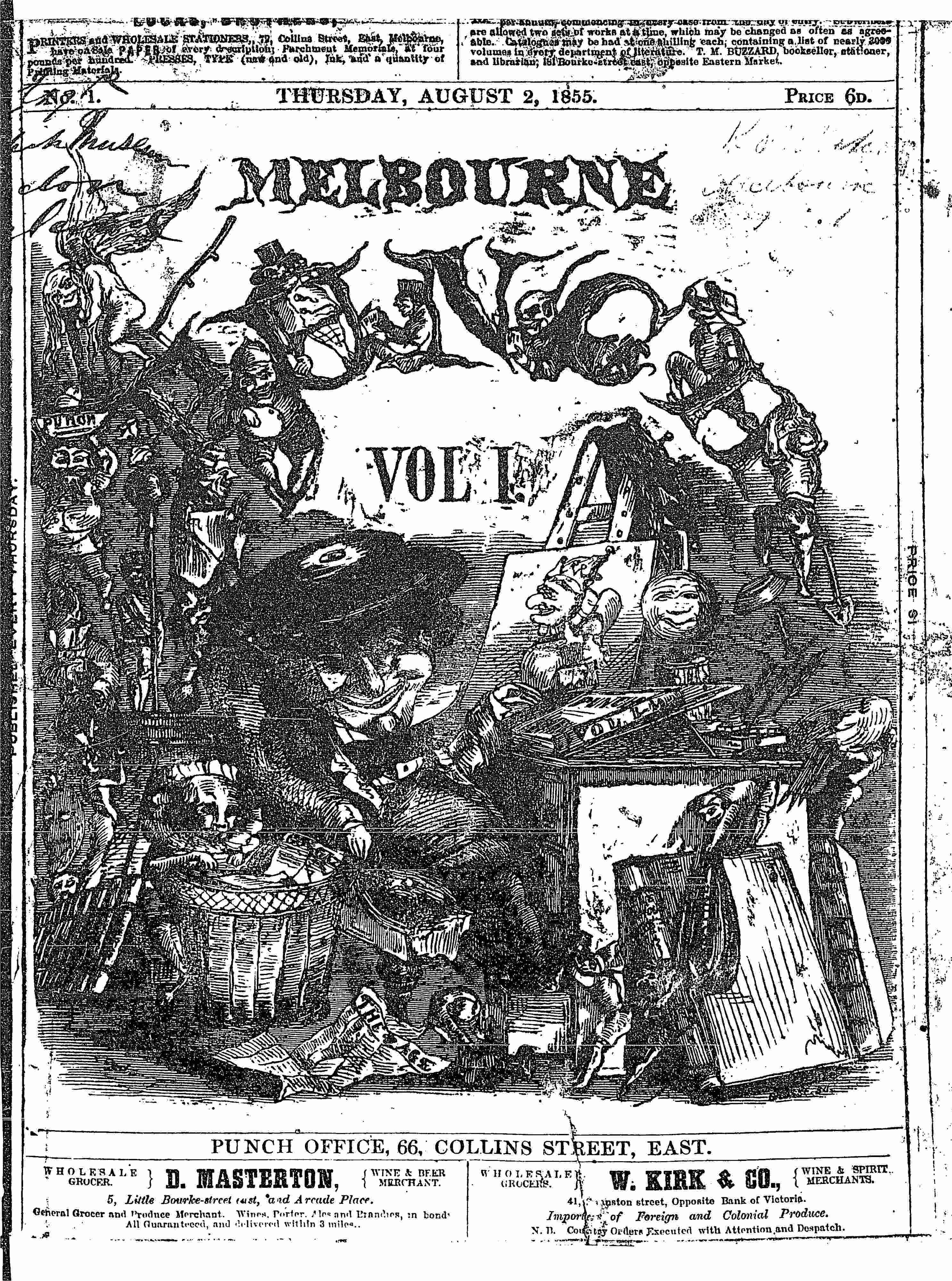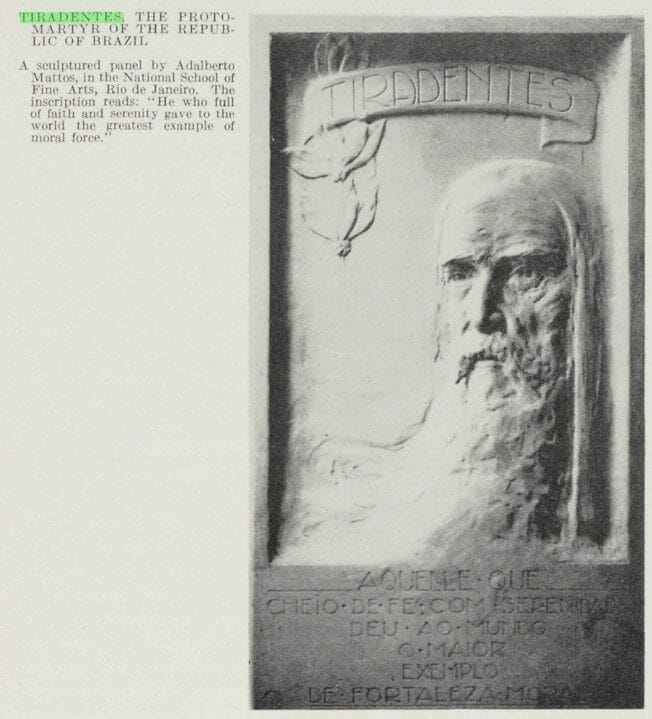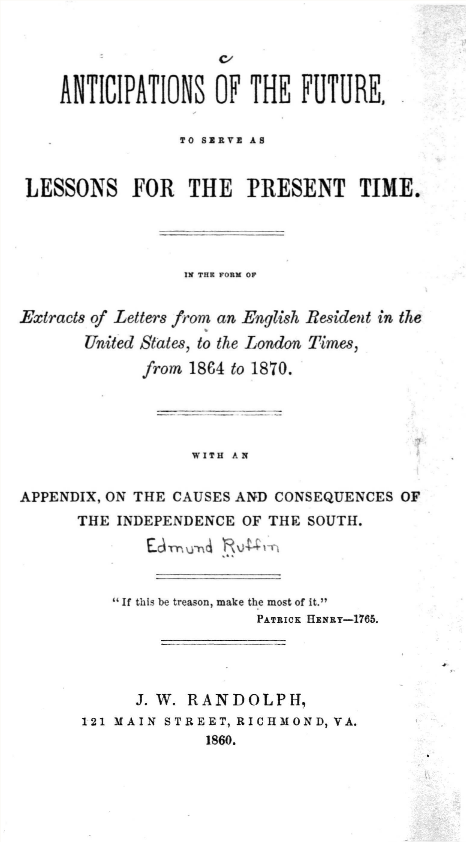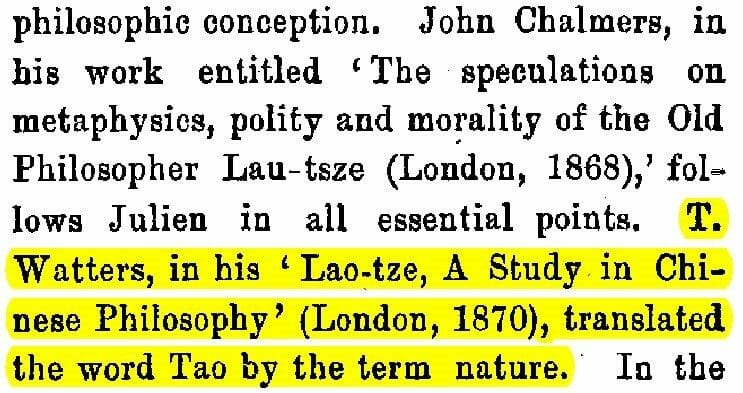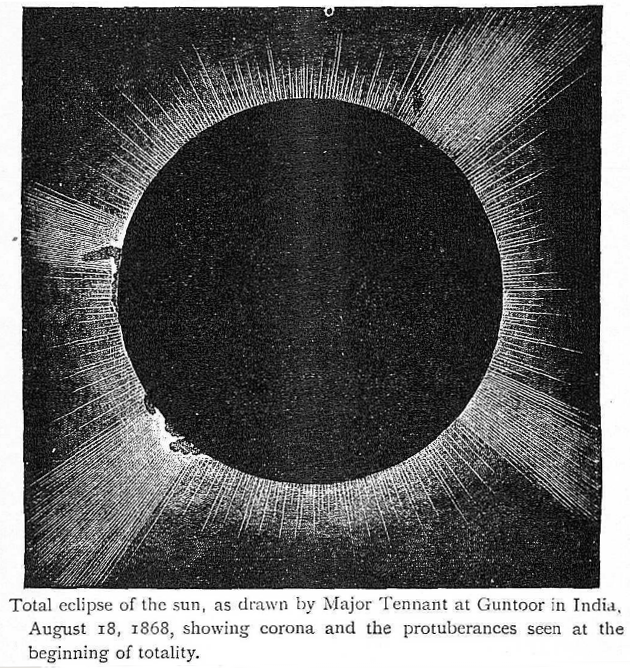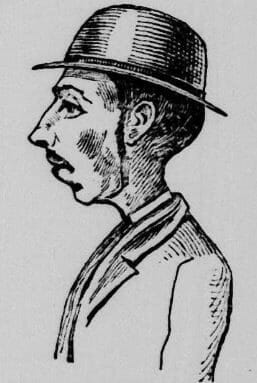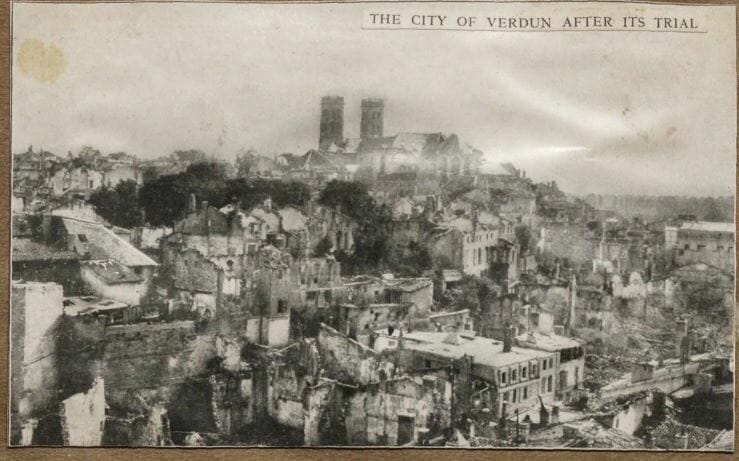With Australian Heritage Week nearly upon us (16 – 24 April), the following is a post concerning a particular perspective of Australian colonial history, being a perspective that can be researched in detail with Gale Primary Sources collections. It concerns Australia’s paradoxical relationship with England since 1788, as reflected within the pages of London’s Punch magazine and its Australian editions – most of which can be seen in Gale Primary Sources collections, Punch Historical Archive, 1841 – 1992 and 19th Century UK Periodicals.
1800s
Tiradentes in Brazilian and Portuguese History and Culture: The Oliveira Lima Library
| By Lourdes Mena, Marketing Manager for Latin America |
On 21 April, Brazil celebrates the Tiradentes Day, commemorating the anniversary of the death of Joaquim Jose da Silva Xavier (1792), considered by many to be the first martyr of the Republic of Brazil. But who is this man, who only began to be considered a national hero a century after his death? To find out more, we take a look through Brazilian and Portuguese History and Culture: The Oliveira Lima Library, one of the finest collections of Luso-Brazilian materials available to scholars.
Rogue Bras to Bogarts: April Fool’s Day in the Media
As I sat down to write a blog post for April 1st, I considered composing something creative, bizarre and downright untrue – as is tradition on April Fool’s Day. Perhaps I should explain that William Shakespeare will now appear in Gale’s Biography in Context as Wally Shakespoon, because it was the great bard’s given name before his publisher recommended he assumed a pen name with more grandeur and authority…Or maybe that State Papers Online will soon include Queen Victoria’s architectural plans to install a hot-tub in Buckingham Palace? My fascination for how and where this humorous tradition originated got the better of me, however, and I decided instead to root around the (real!) Gale resources to find out more about the origins and history of what many of us now call ‘April Fool’s Day’. It quickly became apparent that the answer is somewhat elusive. Not only are there numerous possibilities to negotiate, some explanations were pranks in themselves.
8 reasons to check out The Telegraph Historical Archive, 1855-2000
We are celebrating the release of The Telegraph Historical Archive, 1855-2000 this week with a list designed to help you decide if you should look into this brand new resource.
You may not want to miss this historical never-before-digitised collection if…
Which (potentially unknown) American novel will inspire your research?
American Fiction, 1774-1920, released this week from Gale, brings over 17,750 titles to digital life. If you read one of these books every hour and didn’t stop to sleep or eat, it would still take you more than 2 years to read through the full collection. The content from 1774-1900 is based on Lyle H Wright’s famous American Fiction: A Contribution Toward a Bibliography, the most comprehensive bibliography of American adult fiction during the eighteenth and nineteenth centuries, and includes both well-known authors (Mark Twain, Harriet Beecher Stowe, etc) and the obscure.
Who is Thomas Watters?
I was checking through the transcript of Diaries and Travel Journals of Ernest Satow (a British diplomat who made his career in China and Japan) the other day when I came across the name of “Thomas Watters”. Satow met and had dinner with him on November 4, 1883 during the former’s holiday leave in London.
Total solar eclipse and the birth of an element
March 8th/9th will see a total solar eclipse over Indonesia and the Pacific. Since astronomers have been able to predict when and where eclipses would be visible people have travelled near and far to witness these events. A total solar eclipse is both a magnificent celestial spectacle and an extraordinary scientific opportunity.
‘The compartment was much bespattered with blood’: the Brighton Railway Murder
Barely a week went by in the nineteenth-century press without a sensational crime story appearing. Whether it was the gory prospect of blood and dismembered bodies, or simply the thrill of a classic ‘whodunit’, there can be little doubt that crime reporting made compelling copy. This was certainly the case with the ‘Brighton Railway Murder’ which took place in the summer of 1881. From beginning to end, the case captivated the imagination of the British people, eager to discover who had murdered wealthy tradesman Frederick Gold, and what would become of the culprit. A search of Gale Artemis: Primary Sources highlights the case’s notoriety, giving me the perfect opportunity to trace its development.
Business, Bribery and the Broadsheets: Researching Companies and Industry with The Daily Telegraph
With The Telegraph Historical Archive, 1855-2000 launching March 2016, we will be bringing you a series of essays from scholars featuring research case studies, enlightening biographies of key Telegraph figures, and more.
Dr James Nye is a Visiting Research Fellow at the Institute of Contemporary British History at King’s College London. His research focuses on the corrupt, scandalous reputation – deserved, or perhaps not – of the company promoter in the first few decades of the 20th century. In this, newspaper records are, of course, invaluable; specifically, the use of multiple newspapers, as ‘each journalist might record something different – a composite picture is reasonably likely to be much better than one that relies solely on The Times, however much it might be regarded as the principal paper of record’[1] .
The Women who Lived Through Verdun: 100 Years On
It is widely regarded as the battle of the First World War; an enormous clash of attrition which epitomised the bloody stalemate of the war. The ten-month Battle of Verdun began 100 years ago, with German Chief of Staff General von Falkenhayn seeking to ‘bleed France white’ by launching an all-out attack on the narrow stretch of land at Verdun. Over a thousand German artillery guns fired upon the vastly inferior number of French troops – they had just 30,000 men, against 140,000 Germans – along a six-mile stretch of the French front. The battle which followed was to last for over 300 days. By looking at personal sources from Nineteenth Century Collections Online, the sheer scale of this part of the conflict is clear to see.

